Antoni Gaudi: Casa Vicens
As the architect's first house opens its doors to the public, we explore some of his most famous and spectacular creations
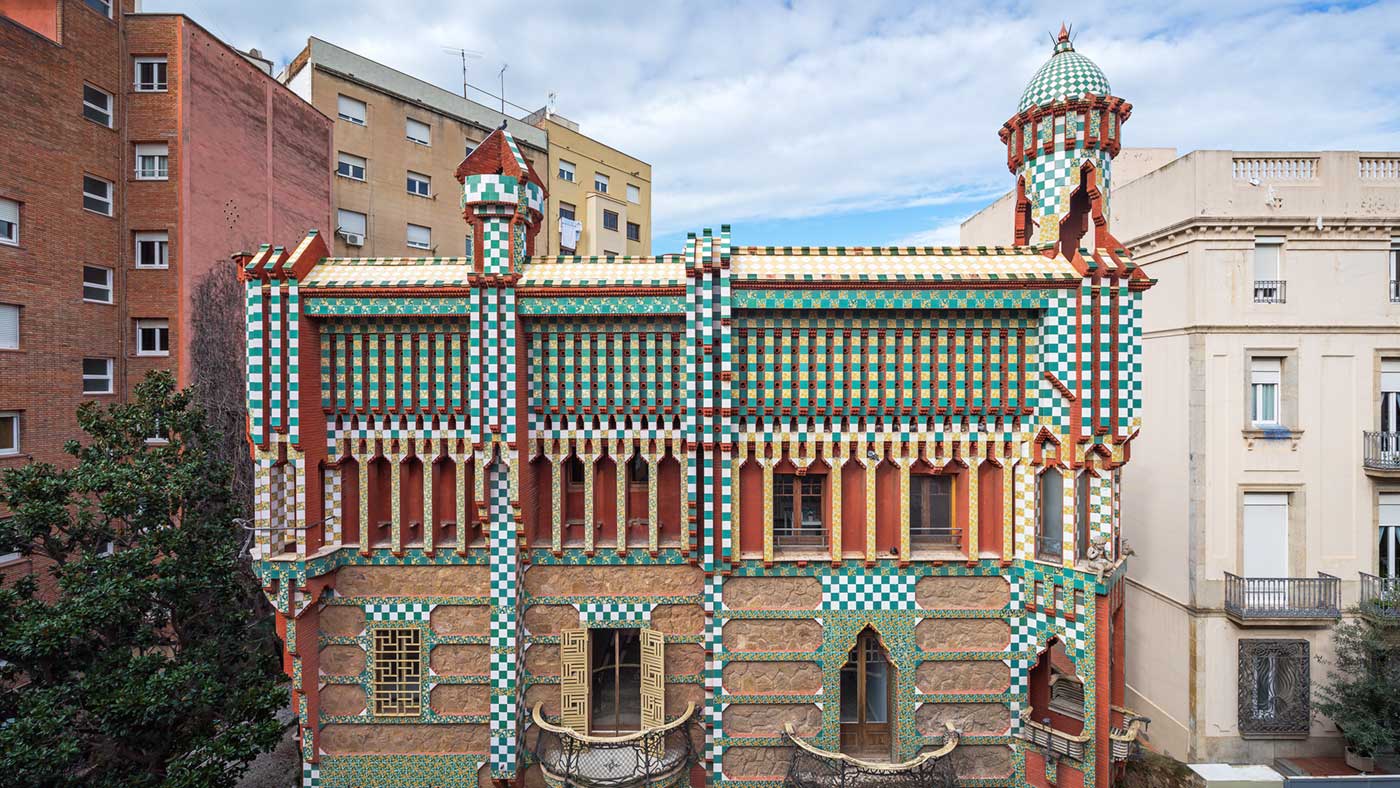
Few architects have left such a significant mark on a city as Antoni Gaudi did on Barcelona. A leading light of the Catalan Modernism movement, his distinctive visual style drew from a plethora of influences as diverse as his own output, from Oriental art to Neo-Gothic architecture. Today, his buildings are counted among some of the most visited attractions in Spain, with many declared UNESCO World Heritage sites.
Now Casa Vicens, the first house designed by Gaudi, will open its doors to the public for the first time on 16 November, after remaining a private residence for more than 130 years. As tickets go on sale, we take a look at this and some of his other iconic works to see across the city.
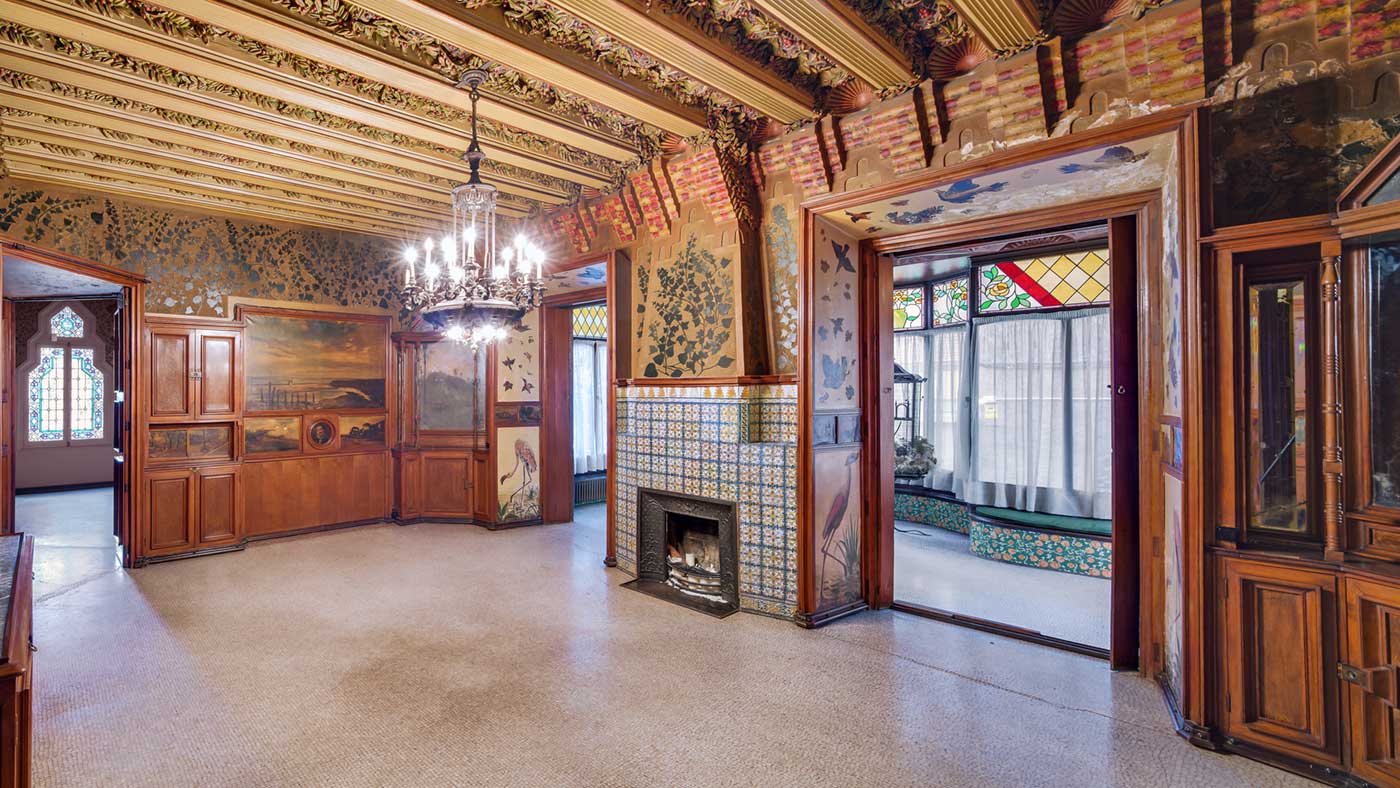
Casa Vicens
The Week
Escape your echo chamber. Get the facts behind the news, plus analysis from multiple perspectives.

Sign up for The Week's Free Newsletters
From our morning news briefing to a weekly Good News Newsletter, get the best of The Week delivered directly to your inbox.
From our morning news briefing to a weekly Good News Newsletter, get the best of The Week delivered directly to your inbox.
Built between 1883 and 1885 as a summer home for stock market dealer Manel Vicens I Montaner, despite undergoing significant changes throughout its life – including a conversion from a single-family residence to three homes in 1925 –Casa Vicens retains most of Gaudi's original work. This has been painstakingly brought back to its intended splendour through an intensive restoration project to usher it into its next chapter as a museum. Included in this was reinstating the spectacular gallery space, which opens onto the garden, enclosed with revolving blinds in a geometric motif typical of the architect's early style.
Images © Casa Vicens, photo by Pol Viladoms; casavicens.org
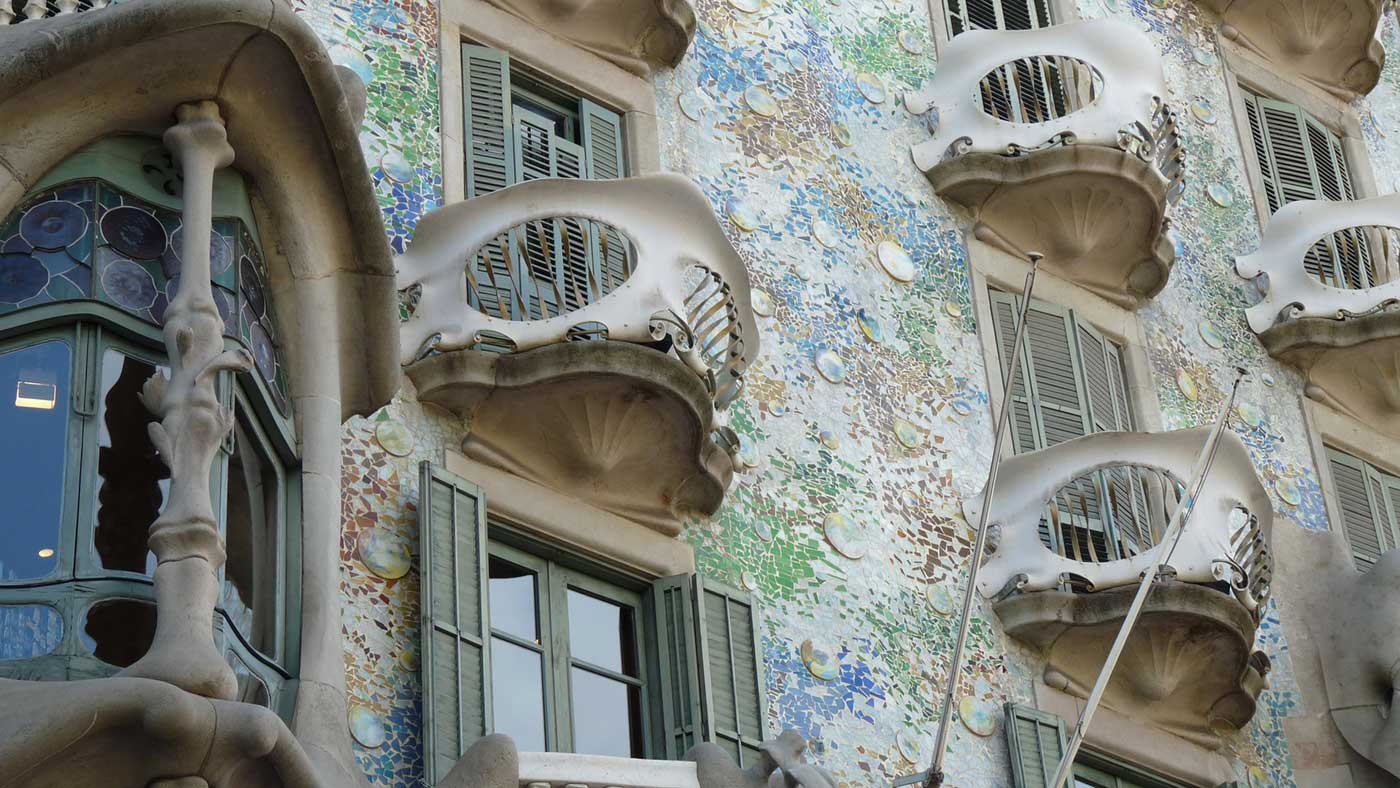
Casa Batllo
Known locally as Casa dels ossos – house of bones – this instantly recognisable masterpiece is defined by its skeletal-like exterior and sculptural stonework. Gaudi often drew from the natural world to inspire forms, and inside you can marvel at some of the most impressive examples, from the sweeping hardwood bannister reminiscent of a creature's backbone in the grand entrance hall to the rib cage-like arches of the attic. The main attraction, however, is the stunning terrace likened to the back of a dragon and resplendent with eye-catching, polychromatic chimneys.
A free daily email with the biggest news stories of the day – and the best features from TheWeek.com
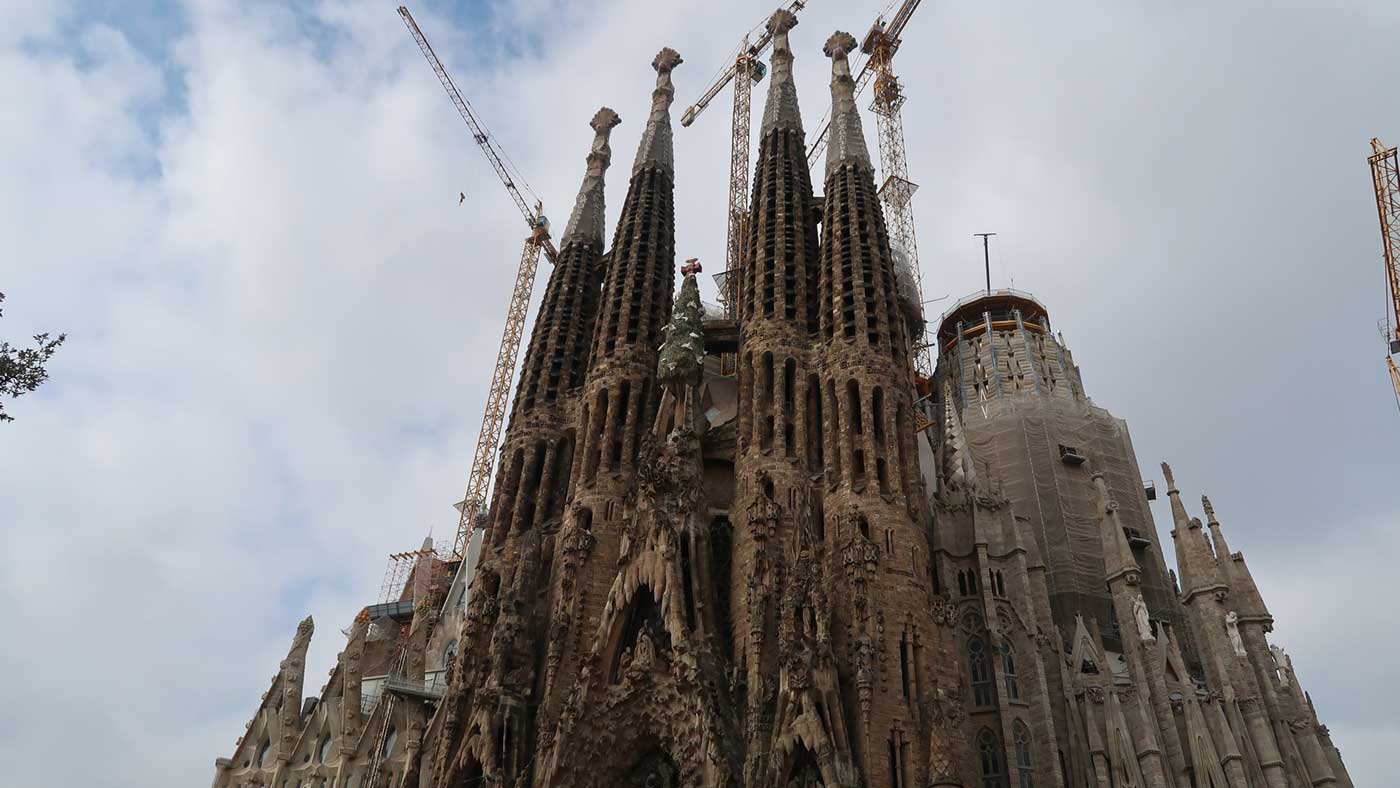
Sagrada Familia
This spectacular imposing cathedral is the most famous of Gaudi's works, not least for the fact that construction continues on this ambitious building even into its 135th year. Taking the traditions of Gothic and Byzantine cathedrals at its base and transforming them into a totally new style of architecture, standing at 172.5 metres high it cuts a towering figure on Barcelona's skyline and is among the tallest religious buildings in the world.
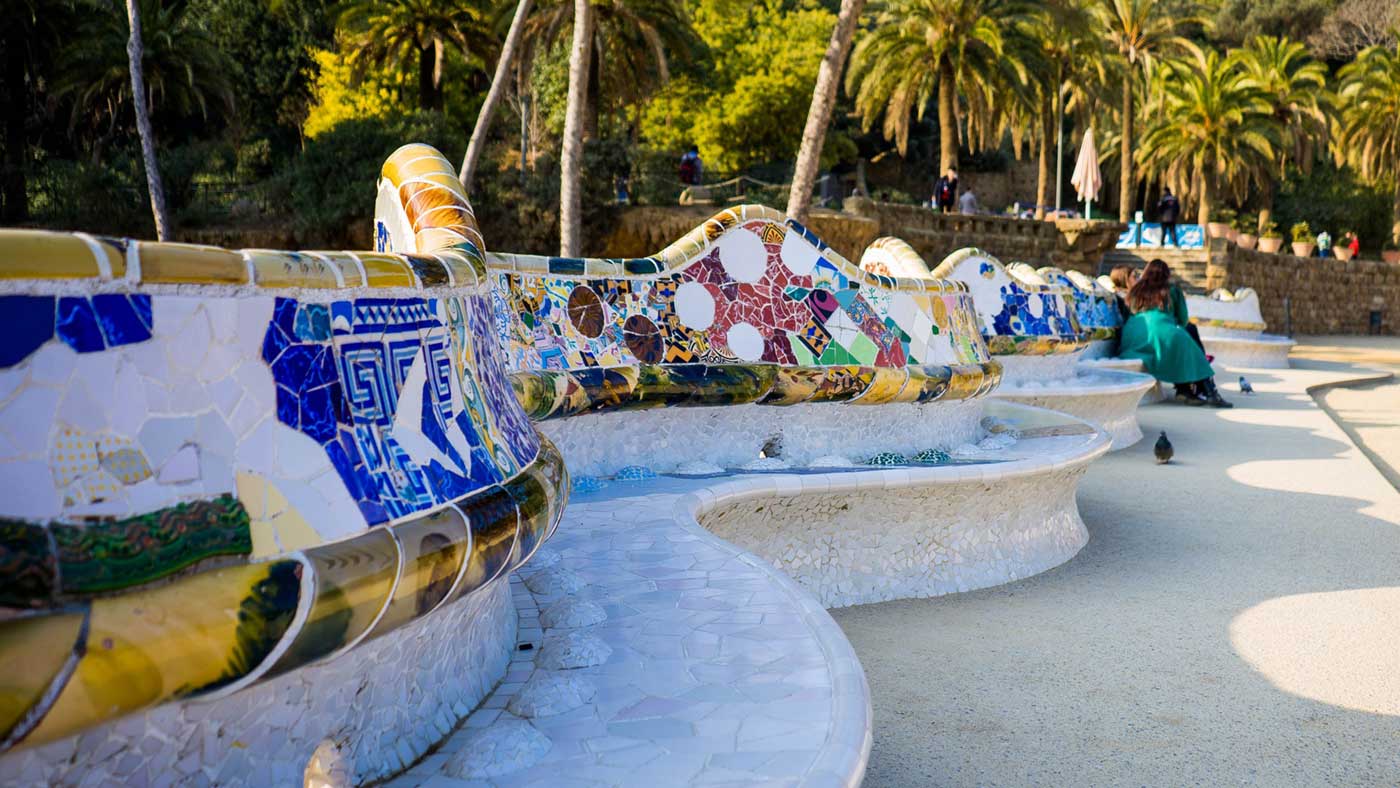
Park Guell
Spanish entrepreneur Eusebi Guell was one of Gaudi's most loyal customers, commissioning the architect to bring to life several large-scale projects. The most famous and enduring, however, is the eponymous Park Guell. Originally conceived as a housing development, it was later converted into a municipal garden. The unique outdoor space features some of the architect's most recognisable creations, including an expansive mosaic-covered bench that snakes its way through the park and a bright salamander guarding the entrance.
-
 Is $140,000 the real poverty line?
Is $140,000 the real poverty line?Feature Financial hardship is wearing Americans down, and the break-even point for many families keeps rising
-
 Film reviews: ‘The Secret Agent’ and ‘Zootopia 2’
Film reviews: ‘The Secret Agent’ and ‘Zootopia 2’Feature A Brazilian man living in a brutal era seeks answers and survival and Judy and Nick fight again for animal justice
-
 Trump: Losing energy and support
Trump: Losing energy and supportFeature Polls show that only one of his major initiatives—securing the border—enjoys broad public support
-
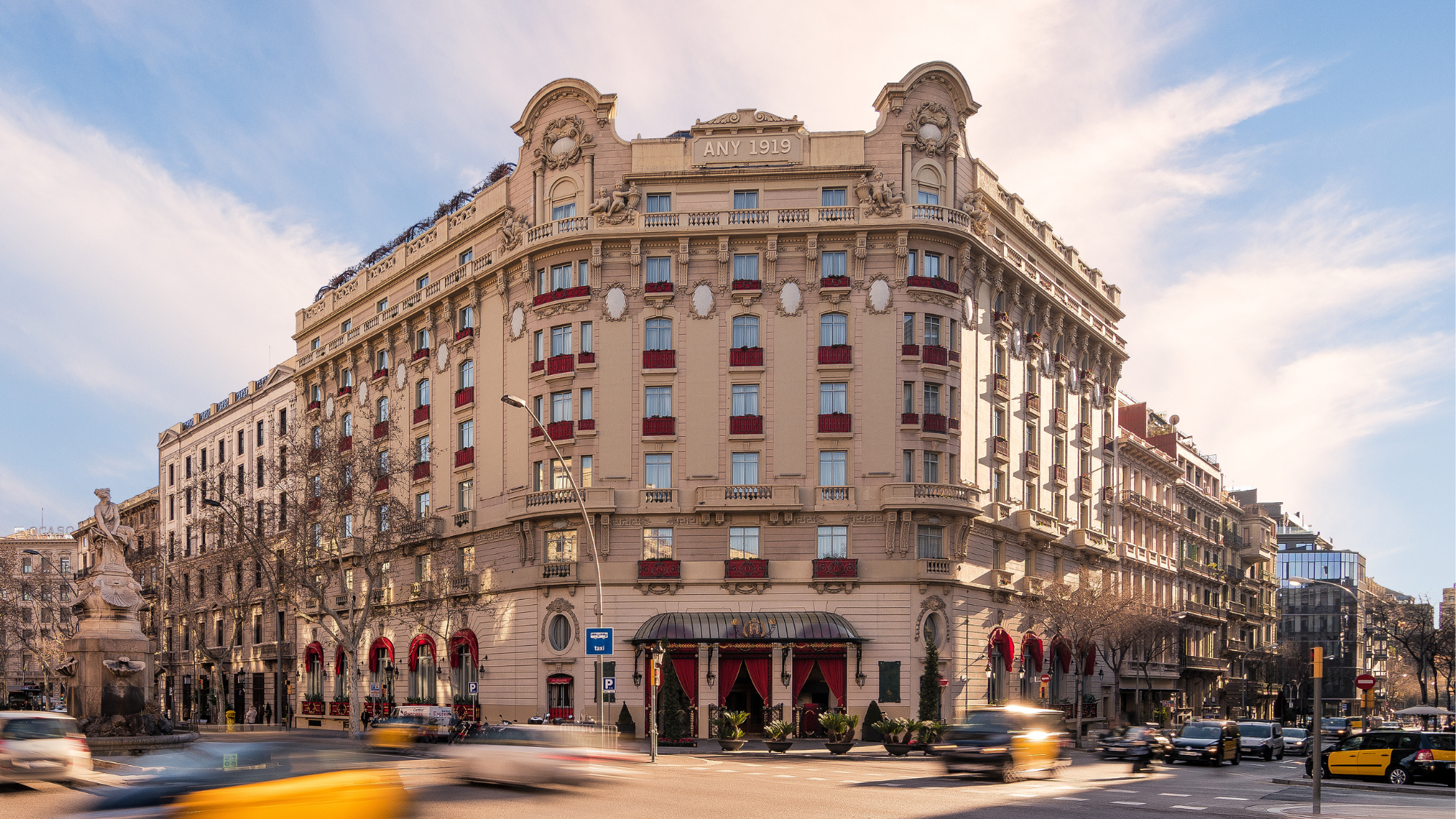 El Palace Barcelona: old-world luxury in the heart of the city
El Palace Barcelona: old-world luxury in the heart of the cityThe Week Recommends This historic hotel is set within a former Ritz outpost moments from the Passeig de Gràcia
-
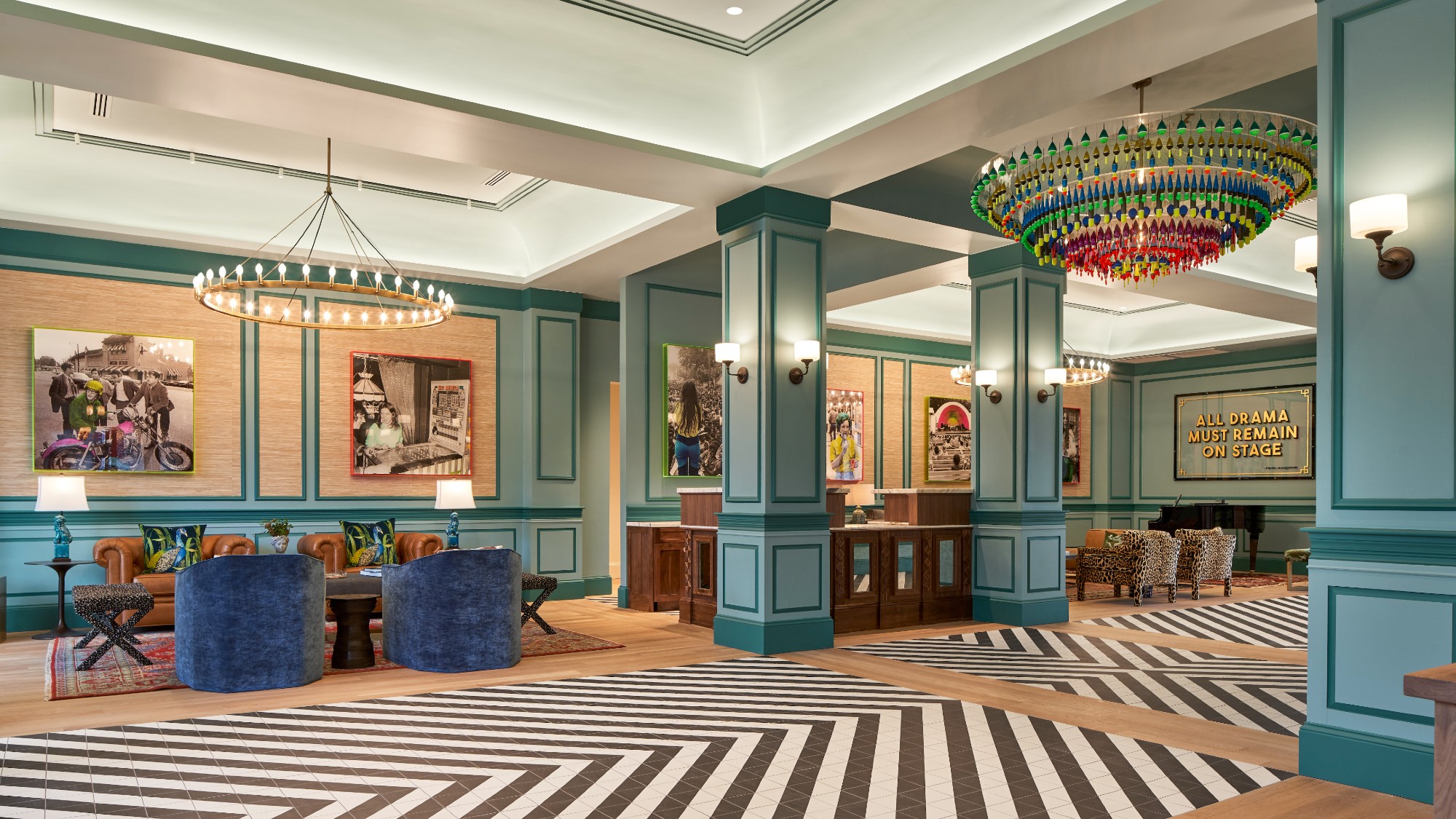 Sleep like you are in a gallery at these art-filled hotels
Sleep like you are in a gallery at these art-filled hotelsThe Week Recommends Prepare to be inspired
-
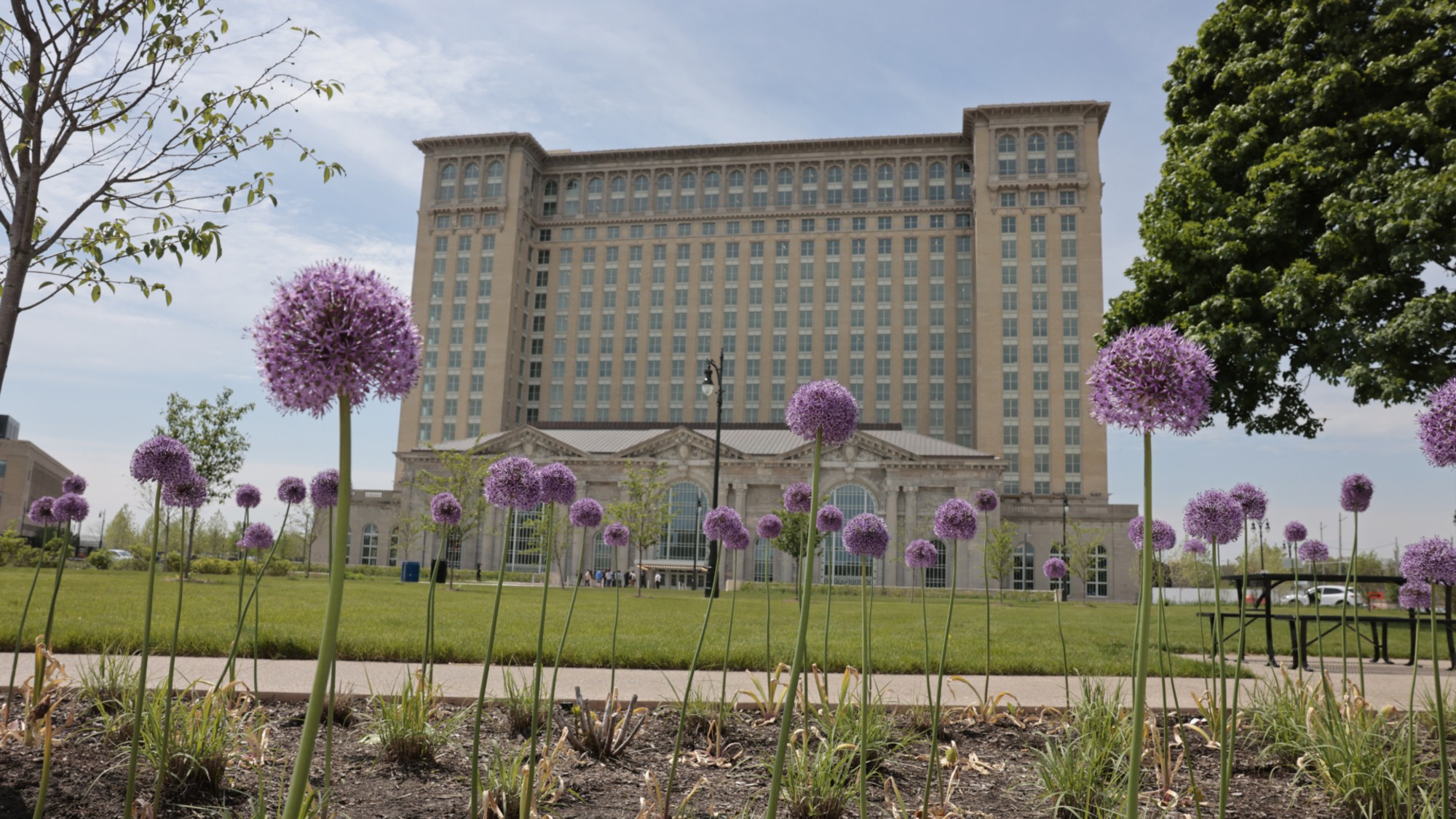 Decrepit train stations across the US are being revitalized
Decrepit train stations across the US are being revitalizedUnder the Radar These buildings function as hotels, restaurants and even museums
-
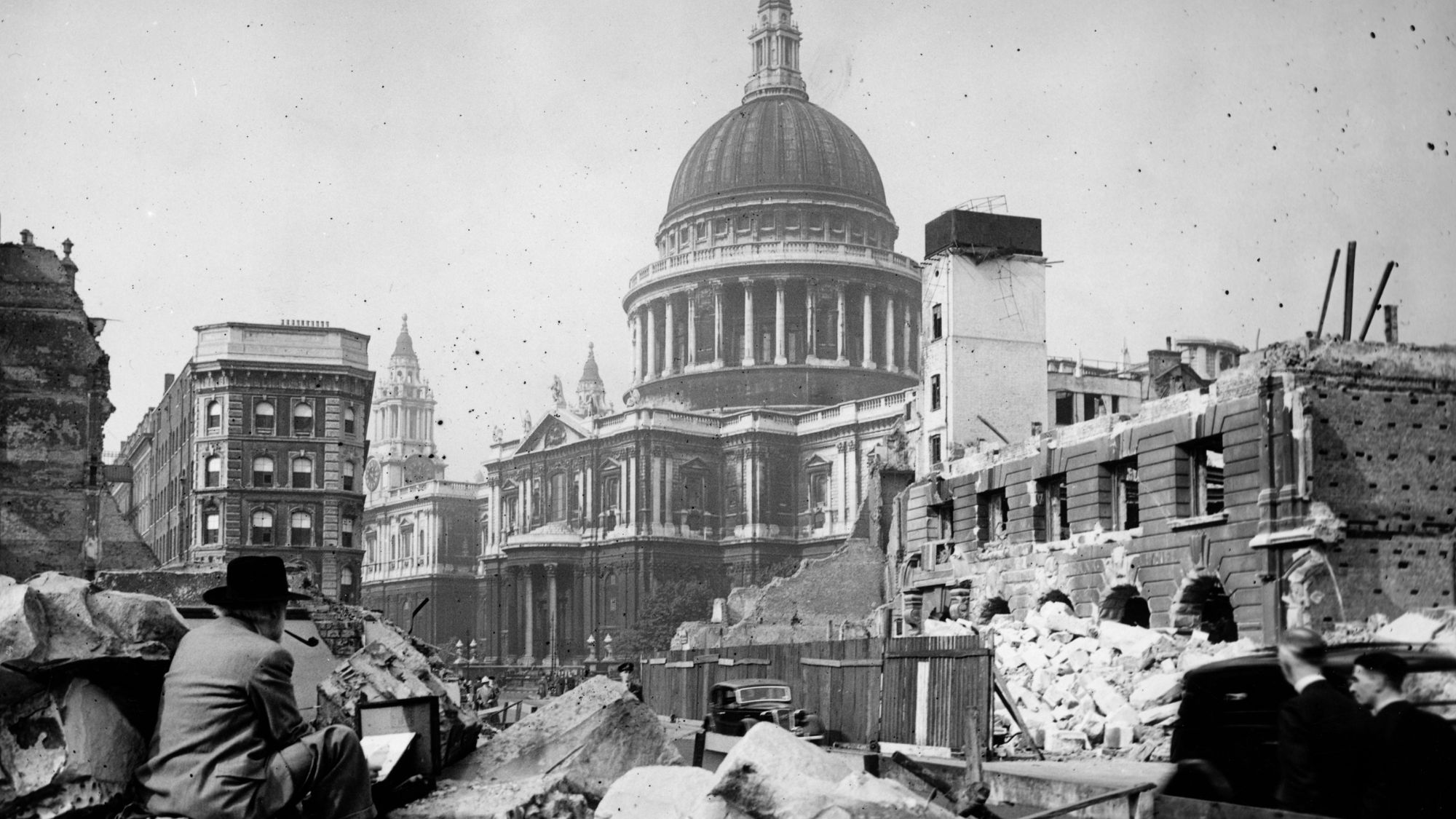 A Short History of British Architecture: Simon Jenkins' book 'gallops along'
A Short History of British Architecture: Simon Jenkins' book 'gallops along'The Week Recommends Simon Jenkins makes history come to life while describing his own interactions with architecture
-
 How can we fix tourism?
How can we fix tourism?Today's Big Question Local protests over negative impact of ever-rising visitor numbers could change how we travel forever
-
 Spring forward this March at these 6 delightful hotels
Spring forward this March at these 6 delightful hotelsThe Week Recommends Celebrate the return of spring at luxe properties in the Bahamas, Marrakech and Barcelona
-
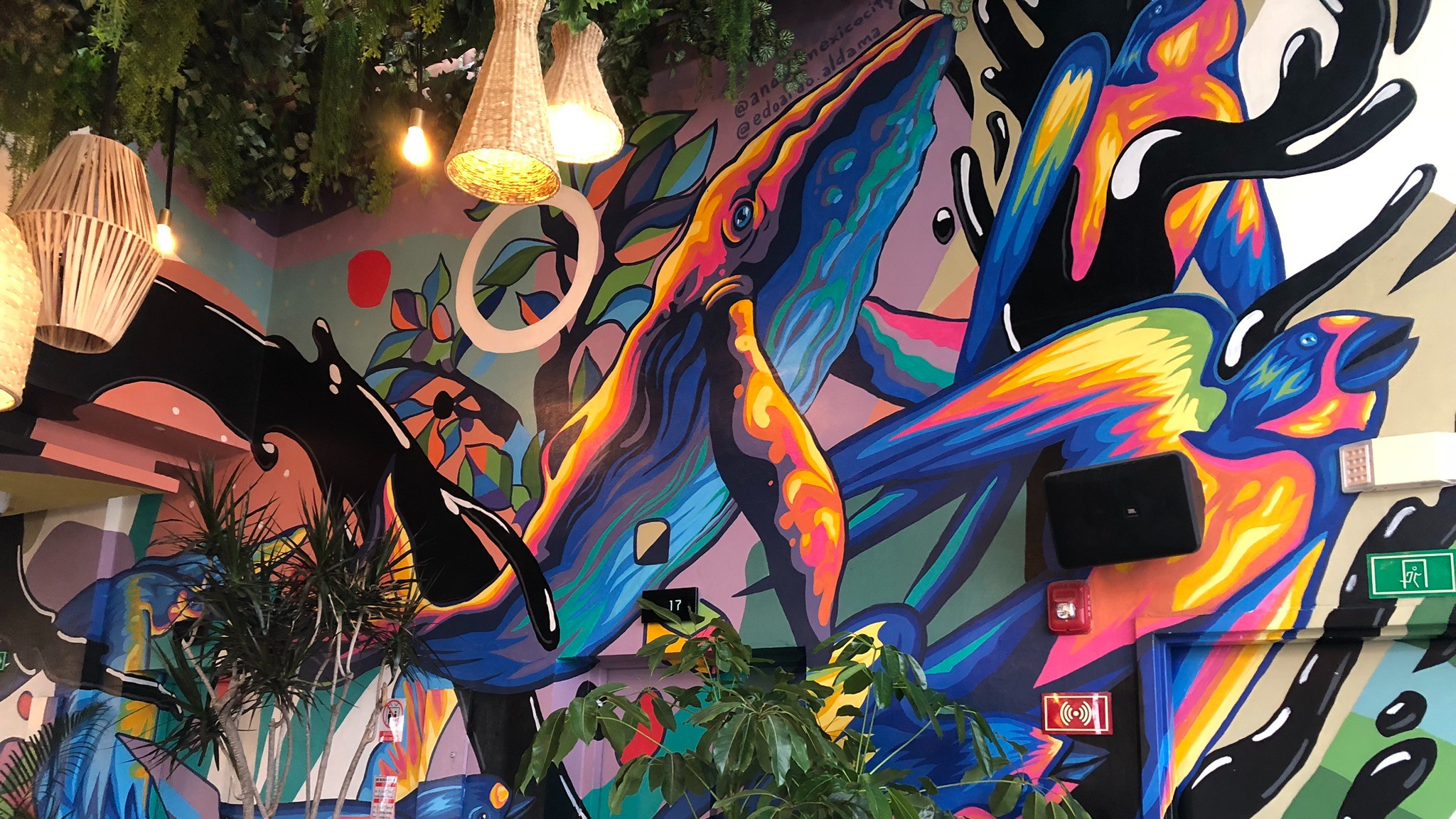 Mexico City travel guide: art and design
Mexico City travel guide: art and designThe Week Recommends Modern vibrancy, design legacy and ancient heritage puts Mexico's jewel alongside other art capitals of the world
-
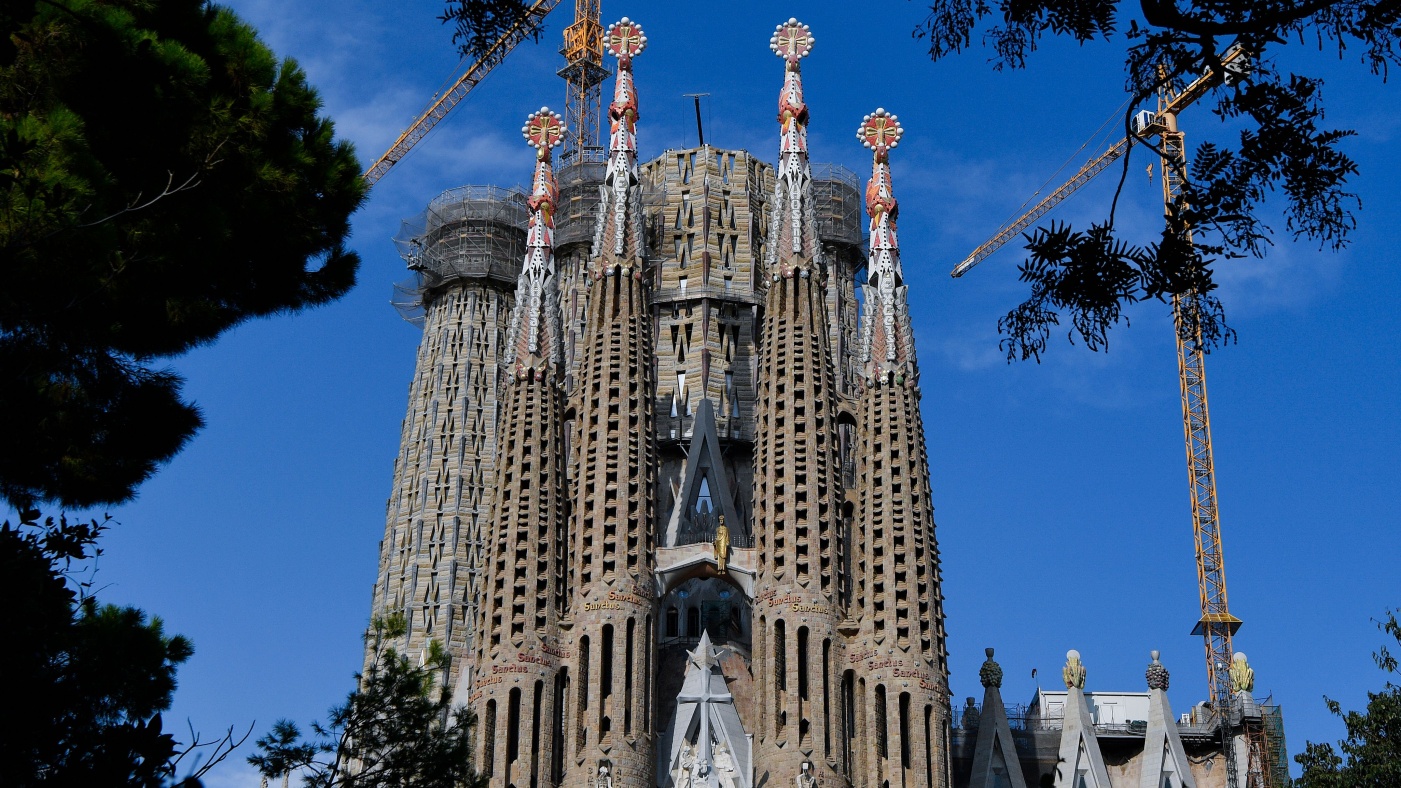 The building of Barcelona's Sagrada Familia
The building of Barcelona's Sagrada FamiliaIn Pictures The iconic Barcelona cathedral is nearing completion after over 140 years of construction